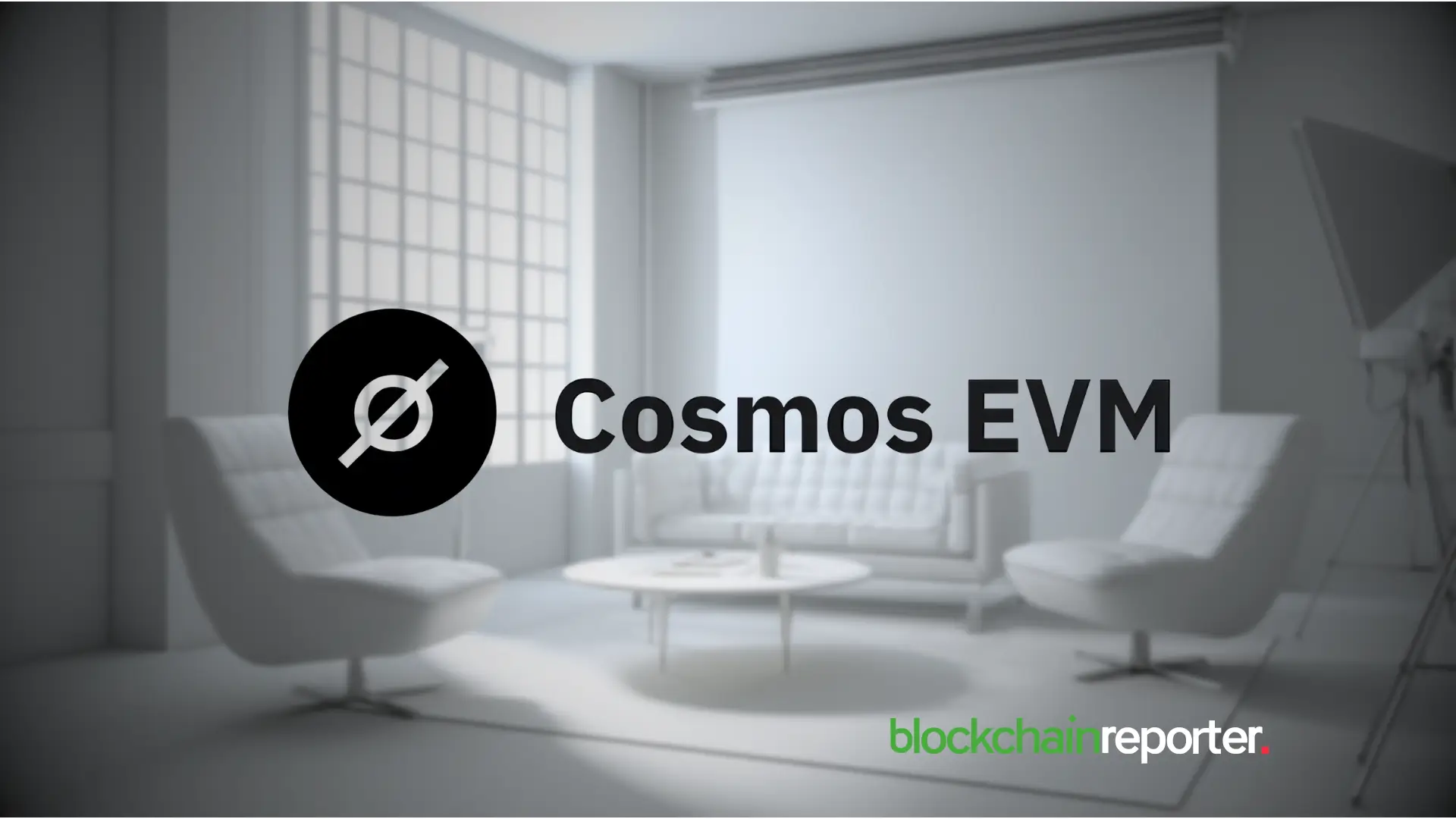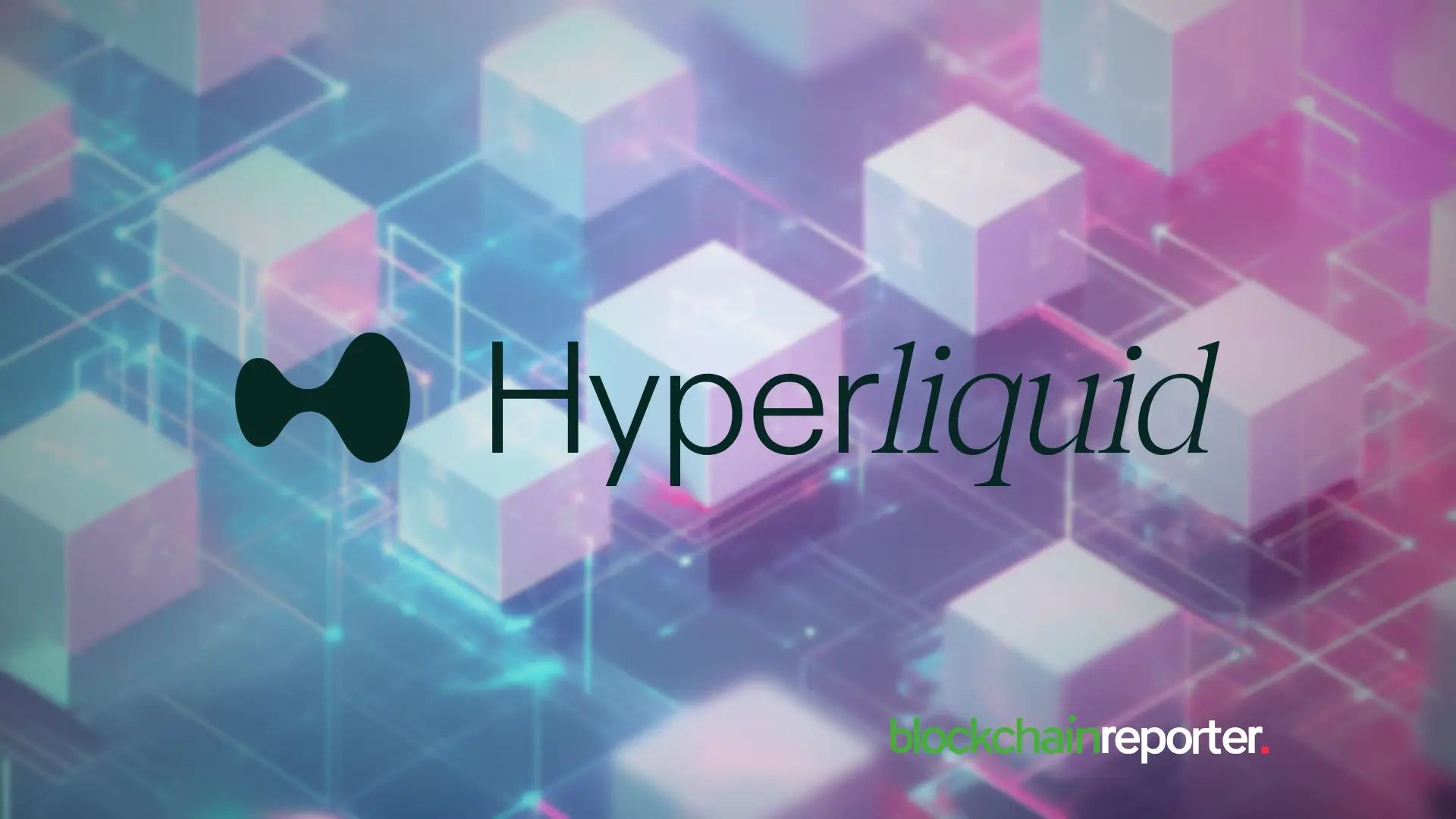Inside Sovereign EVM Day: Nico Poggi on Cosmos EVM, IBC Upgrades & Cross‑Chain Collaboration



Nico Poggi, Chief Marketing Officer, Interchain Foundation
1. Sovereign EVM Day brought together projects from Ripple to TAC and Stride. From your vantage point, what does this level of cross‑ecosystem participation signal about where Cosmos sits in the multichain landscape today?
Sovereign EVM Day was a major moment of alignment in the multichain world. What stood out wasn’t just the breadth of participation, from Ripple to Stride to TAC, it was the shared conviction that Cosmos isn’t just an interoperability layer anymore. It’s becoming a standard. These teams are coming from different backgrounds, enterprise, DeFi, consumer, but they’re converging on Cosmos because of what the stack enables: customizable infrastructure, native connectivity via IBC, and true ownership over the tech they deploy.
Cosmos is maturing into the foundation of the multichain future. It used to be about launching a chain or adding a bridge. Now, it’s about building sovereign, interoperable infrastructure that actually reflects the needs of end users. That’s the shift we saw play out in Cannes.
2. Maghnus Mareneck and Barry Plunkett highlighted Cosmos EVM as the only fully integrated Layer 1 EVM stack. Can you unpack what ‘fully integrated’ means in practice for developers and end users?
In short, fully integrated means Cosmos EVM isn’t just compatible with Ethereum, it’s embedded, customizable, and interconnected from the ground up.
It gives developers the power to launch their own EVM chains or applications on top of the Cosmos SDK, with full Ethereum composability and native access to Cosmos features like IBC. This means projects don’t have to choose between the EVM dev experience and Cosmos-level scalability or sovereignty, they get both.
For end users, this translates to smoother UX, seamless cross-chain transactions, and access to dApps that can be tailored more precisely to their needs. Cosmos EVM makes it possible to deploy infrastructure that works for your community, not against it.
3. From an engineering leadership perspective, what were the toughest design decisions your team at Interchain Labs faced when architecting Cosmos EVM, and did any insights surface during today’s technical deep dives?
One of the toughest challenges was preserving full Ethereum equivalence while maintaining the modularity and sovereignty Cosmos is known for. We didn’t want to create a fork of Ethereum, we wanted to offer the entire EVM experience inside the Cosmos SDK, with all its benefits intact. That required deep architectural decisions around VM integration, cross-chain communication, and developer tooling.
In today’s deep dives, what stood out was how much this architecture resonates with builders. The ability to control your own execution environment, define your own governance logic, and still tap into Ethereum’s vast dApp ecosystem, that’s what excites teams right now.
4. Your team spearheaded the recent IBC upgrade connecting Ethereum and soon Solana to Cosmos. Based on the questions and demos we saw at Sovereign EVM Day, which performance or security optimizations are event attendees most excited about?
There’s huge excitement around IBC’s trustless interoperability model being extended to non-Cosmos chains like Ethereum and Solana. The ability to route assets and data natively between these ecosystems, without centralized bridges, is a game-changer.
From a technical standpoint, attendees were especially drawn to the performance gains in IBC relayer infrastructure, improved packet verification logic, and new methods for handling finality. These are the building blocks of a cross-chain future where security doesn’t have to be sacrificed for connectivity.
5. Interchain Labs engineers collaborated closely with Ripple on their XPL sidechain. After watching Ripple’s demo, what integration challenges remain top‑of‑mind, and how will Interchain Labs tackle them moving forward?
Ripple’s mainnet launch at Sovereign EVM Day was a huge milestone, one that proved how versatile the Cosmos SDK can be, even for enterprise-grade use cases. That said, every integration of this scale brings challenges.
Two top-of-mind areas are long-term chain maintenance and cross-ecosystem standardization. Ripple’s use case demands performance, compliance, and seamless interaction with both Cosmos and Ethereum tooling. Our focus moving forward is on hardening the underlying stack and co-developing modules that meet Ripple’s unique requirements while staying interoperable with the broader Cosmos ecosystem.
6. Bringing Telegram’s billion users on‑chain is huge. Having witnessed Marco Monaco’s presentation, what UX or security features showcased today do you think will have the greatest impact on non‑technical users?
What Marco and the TAC team are doing is a game-changer, they’re collapsing the gap between Web2 convenience and Web3 functionality. The most impactful feature, hands down, is native in-app access. Users can interact with EVM-based DeFi apps directly inside Telegram, without installing a wallet or switching networks. That’s massive for onboarding.
From a security standpoint, the use of Telegram-native authentication paired with IBC’s trustless infrastructure means users get both simplicity and safety. You don’t have to choose between UX and decentralization, TAC delivers both.
For non-technical users, that’s the unlock: crypto that works where they already are, with security they don’t have to think about. It sets a new bar for mainstream adoption.
7. With so many sovereign chains launching, what feedback did you gather today about the governance tooling Interchain Labs provides, and what improvements are you prioritizing?
Governance is evolving fast, especially as new chains onboard non-crypto native communities. One big piece of feedback was around modularity. Projects want governance tooling that adapts to their values and user base, not a one-size-fits-all system.
We’re currently prioritizing upgrades that make governance more configurable, secure, and intuitive. This includes improved proposal flows, optional delegation mechanics, and support for more granular access controls. The goal is to give projects full ownership over how decisions get made, without needing to reinvent the wheel.
8. Today’s panels talked about custom modules versus shared standards—how do you advise new chains on balancing sovereignty and composability, and did anything from the event’s discussions shift your view?
We advise teams to start from their use case and build outward. If sovereignty helps you meet user needs, go for it. If shared standards give you better UX or faster go-to-market, leverage them. Cosmos lets you do both.
What today reinforced is that the real unlock isn’t choosing between sovereignty and composability, it’s designing with both in mind. IBC and Cosmos SDK modules give teams the freedom to make that decision chain by chain, module by module. That’s the power of modular sovereignty.
9. From your perspective, what was the single most surprising announcement or demo at Sovereign EVM Day, and why did it stand out?
Ripple’s mainnet demo really stood out, not just because of the scale of the company, but because of how seamlessly they integrated with Cosmos infrastructure. Seeing an enterprise player use the same open-source tools as grassroots community chains was a powerful validation of the stack.
It sent a clear message: whether you’re a billion-dollar company or a two-person dev team, Cosmos gives you the freedom and flexibility to build infrastructure on your own terms.
10. This was the first Sovereign EVM Day in Cannes—what worked well format‑wise (panels vs. deep‑dives vs. demos), and what would you like to see changed or expanded at the next global gathering?
The mix of panels, technical deep dives, and live demos struck the right balance. Each format offered a different lens on the ecosystem, from big-picture narratives to code-level discussions. That blend kept the energy high and the insights flowing.
Next time, we’d love to expand the hands-on builder tracks. Let’s give devs more time to collaborate live, debug, and maybe even deploy. Sovereign EVM is about control, and nothing empowers builders more than shipping live at the event itself.
11. Looking ahead at Interchain Labs’ internal roadmap, which three milestones—from protocol upgrades to new tooling releases—are you most eager to unveil before year’s end?
First, we’re rolling out new upgrades to Cosmos EVM that improve developer tooling and streamline custom chain creation. Second, the expansion of IBC to non-Cosmos chains is continuing, with Solana next on the roadmap. Third, we’re advancing our governance toolkit to support more modular and inclusive decision-making.
Each of these milestones pushes us closer to a future where chains are not just interoperable, but sovereign, secure, and purpose-built from the ground up.

Why Hyperliquid Market Cap Could Double In 2025 As Ripple (XRP) And Rollblock Also Set For Major Gains
Hyperliquid eyes a $50 breakout, XRP surges via RWA tokenization, and Rollblock gains 580% as it lea...

The Best Meme Coins To Buy Now For The Next Bull Run! Punisher Coin Set To Outperform BONK and Dogecoin!
Punisher Coin emerges as the top meme coin to watch, with staking rewards, gamified missions, and sm...

Why BlockchainFX, Bitcoin Hyper, and Snorter Are the Top Crypto Presales to Buy in 2025
BlockchainFX, Bitcoin Hyper, and Snorter lead 2025's top crypto presales, offering real utility, sta...

